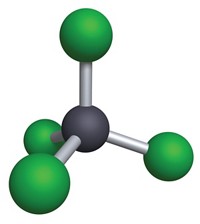Advertisement
Grab your lab coat. Let's get started
Welcome!
Welcome!
Create an account below to get 6 C&EN articles per month, receive newsletters and more - all free.
It seems this is your first time logging in online. Please enter the following information to continue.
As an ACS member you automatically get access to this site. All we need is few more details to create your reading experience.
Not you? Sign in with a different account.
Not you? Sign in with a different account.
ERROR 1
ERROR 1
ERROR 2
ERROR 2
ERROR 2
ERROR 2
ERROR 2
Password and Confirm password must match.
If you have an ACS member number, please enter it here so we can link this account to your membership. (optional)
ERROR 2
ACS values your privacy. By submitting your information, you are gaining access to C&EN and subscribing to our weekly newsletter. We use the information you provide to make your reading experience better, and we will never sell your data to third party members.
Environment
Relative toxicity is key to health impacts
May 22, 2006
| A version of this story appeared in
Volume 84, Issue 21
Examining the toxicity of hazardous substances-and not just how much is released into the environment-is crucial to assessing the effects of industrial chemicals on children's health, says a new report by the Commission for Environmental Cooperation of North America. The report says data on the release and transfer of toxic pollutants should be used in combination with biomonitoring to provide a more complete picture of children's potential exposure to these substances. The report ranks and compares chemicals on the U.S. Toxics Release Inventory and Canada's National Pollution Release Inventory. Using toxicity equivalencies, the report finds that among carcinogens emitted to the air, carbon tetrachloride and lead and its compounds pose the greatest hazards to human health, although styrene and acetaldehyde are released in the greatest amounts. For chemicals recognized as adversely affecting human development and reproduction, mercury and lead compounds posed the greatest hazards, although toluene and carbon disulfide are released to the air in the largest quantities, the report says.




Join the conversation
Contact the reporter
Submit a Letter to the Editor for publication
Engage with us on Twitter